Pushing the boundaries of conservation and saving the future
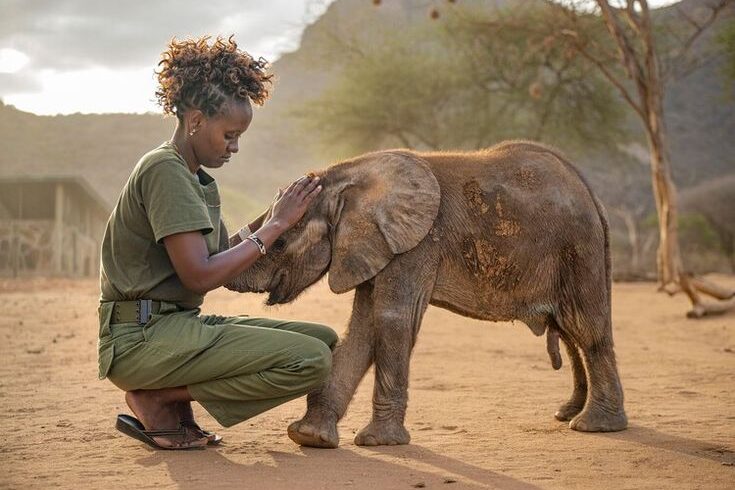
Conservationists around the world are going beyond traditional methods to protect endangered animals. Their efforts are often bold and innovative, reflecting the urgency of saving species from extinction. Here are 10 extreme measures conservationists are taking to safeguard endangered wildlife.
1. Using Drones for Wildlife Monitoring and Protection

In recent years, drones have become an indispensable tool for conservationists. Drones can fly over large areas, even in difficult terrain, providing constant vigilance and allow for real-time monitoring of animal populations and poachers in remote or dangerous areas. For example, drones equipped with thermal imaging can track nocturnal animals or detect illegal hunters without disturbing the wildlife. This technology helps gather critical data on endangered species and enables rapid response to threats. By covering vast terrains quickly, drones reduce human footprint and increase the efficiency of conservation patrols.
Beyond surveillance, some drones are even being used to deliver medical supplies or food to isolated animals in distress. This innovative approach minimizes human-animal contact, which can be stressful or risky for endangered species. Terra Drone Arabia adds that the use of drones exemplifies how technology is transforming wildlife conservation into a more precise and less intrusive practice.
2. Cloning and Genetic Rescue

When populations dwindle dangerously low, conservationists have turned to cloning as a last resort to save species. Cloning involves creating genetically identical animals from preserved cells of endangered or extinct species. This technique has been explored for animals like the northern white rhino, where only a few individuals remain. By cloning, scientists hope to increase genetic diversity and revive populations that are otherwise impossible to sustain.
Genetic rescue also includes techniques like gene editing to enhance disease resistance or adaptability. Though controversial and complex, these biotechnological interventions represent extreme but potentially game-changing measures to prevent extinction. A study on Research Gate posits that the concept of animal conservation cloning, highlights the intersection of conservation with cutting-edge science to tackle biodiversity loss.
3. Creating “Frozen Zoos” with Cryopreservation
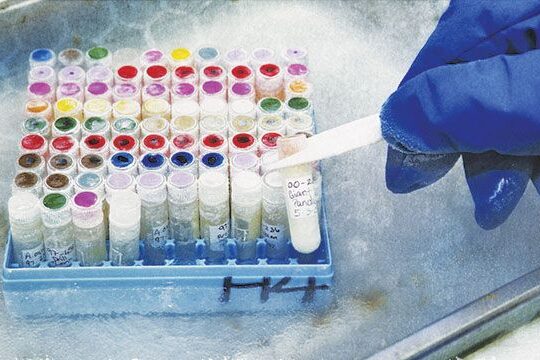
Frozen zoos, also known as gene banks or bio banks, are specialized repositories where genetic material such as sperm, eggs, embryos, and tissue samples from endangered animals are preserved at ultra-low temperatures – primarily in liquid nitrogen. This genetic bank acts as an indefinite storage that safeguards against extinction, enabling future breeding programs even if wild populations disappear.
Cryopreservation allows conservationists to store biological diversity and maintain options for genetic restoration. For critically endangered species, frozen zoos provide hope for reintroduction and recovery. They also facilitate research on genetics and reproduction. San Diego Zoo states that this extreme measure requires sophisticated technology and long-term commitment but offers a vital lifeline for species on the brink.
4. Employing Anti-Poaching Units with Military-Grade Equipment
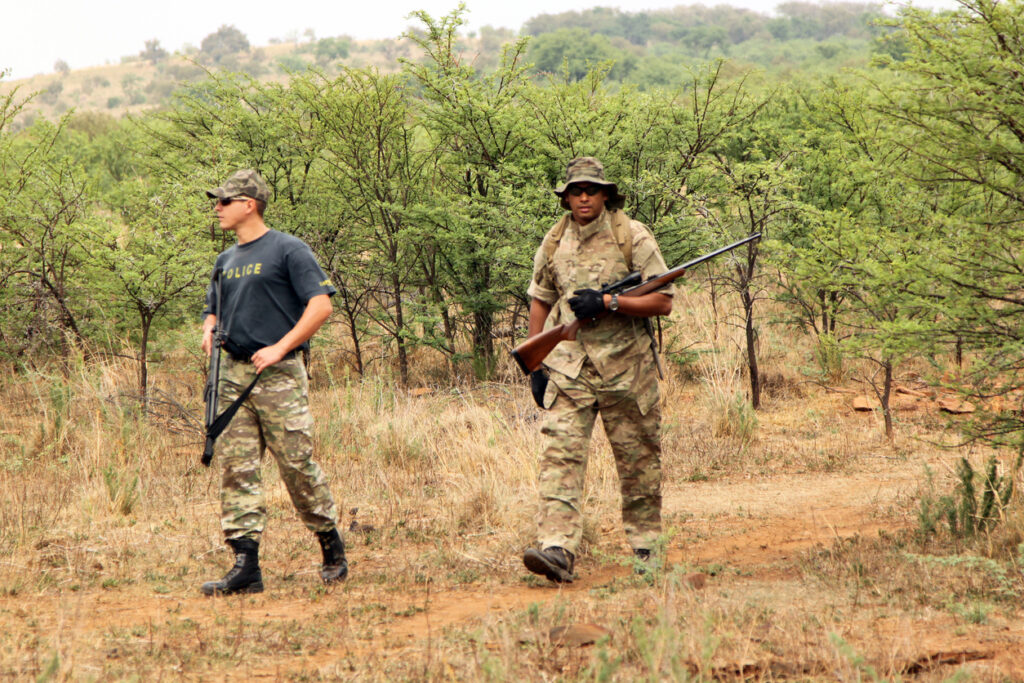
To combat poaching, some conservation groups have adopted military-style tactics and equipment. This includes armed patrols, night-vision goggles, GPS tracking, and rapid-response teams trained in combat techniques. These anti-poaching units operate in high-risk areas where illegal hunting threatens species like elephants and rhinos.
Such measures are extreme because they involve direct confrontation with poachers, often linked to organized crime. However, they have proven effective in reducing poaching incidents and protecting wildlife. As observed by Sheldrick Wildlife Trust, this approach underscores the seriousness of the threat and the lengths conservationists will go to defend endangered animals.
5. Rewilding and Large-Scale Habitat Restoration

Rewilding involves restoring ecosystems to their natural state and reintroducing native species to revive biodiversity. Conservationists undertake large-scale habitat restoration projects, sometimes spanning thousands of acres, to create safe environments for endangered animals. This may include removing invasive species, planting native vegetation, and restoring water systems.
By rebuilding habitats, rewilding supports the long-term survival of species and helps reestablish ecological balance. It is an extreme measure because it requires significant resources, time, and collaboration across sectors. Yet, it offers a sustainable solution by addressing the root causes of species decline.
6. Using Artificial Intelligence for Predictive Conservation
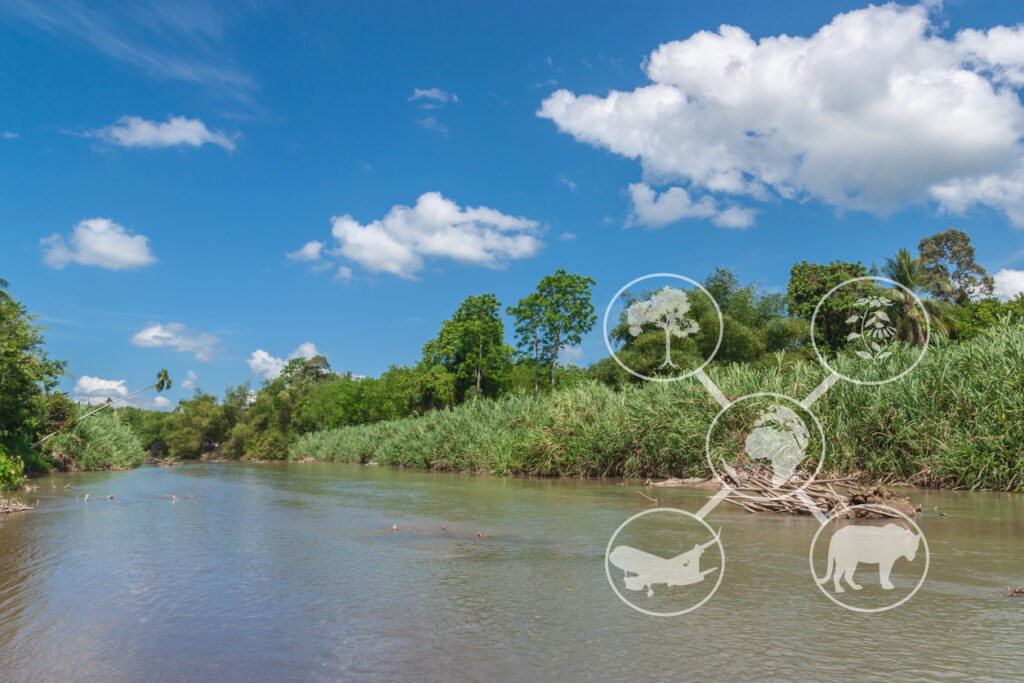
Artificial Intelligence (AI) is revolutionizing conservation by analyzing large datasets to predict threats and optimize conservation strategies. AI algorithms can identify areas at risk of poaching, forecast animal migration patterns, and assess changes in habitats, enabling proactive conservation measures. This allows conservationists to prevent problems before they escalate, rather than just reacting to them.
The use of AI is an extreme step in conservation as it integrates advanced computing with ecology. It enhances decision-making and resource allocation, improving the chances of saving endangered species. This approach reflects a shift towards data-driven conservation in the digital age.
7. Establishing Wildlife Corridors to Connect Fragmented Habitats

Habitat fragmentation isolates animal populations, reducing genetic diversity and increasing extinction risk. Conservationists are creating wildlife corridors through protected pathways that connect isolated habitats, thereby allowing animals to migrate, find mates, and access resources. These corridors can span highways, urban areas, or agricultural lands.
Building corridors is an extreme measure because it often involves negotiating land use with multiple stakeholders and altering landscapes. However, it is crucial for species that need large territories or seasonal migration routes. Corridors help maintain healthy populations and ecosystem resilience.
8. Engaging Local Communities as Conservation Partners
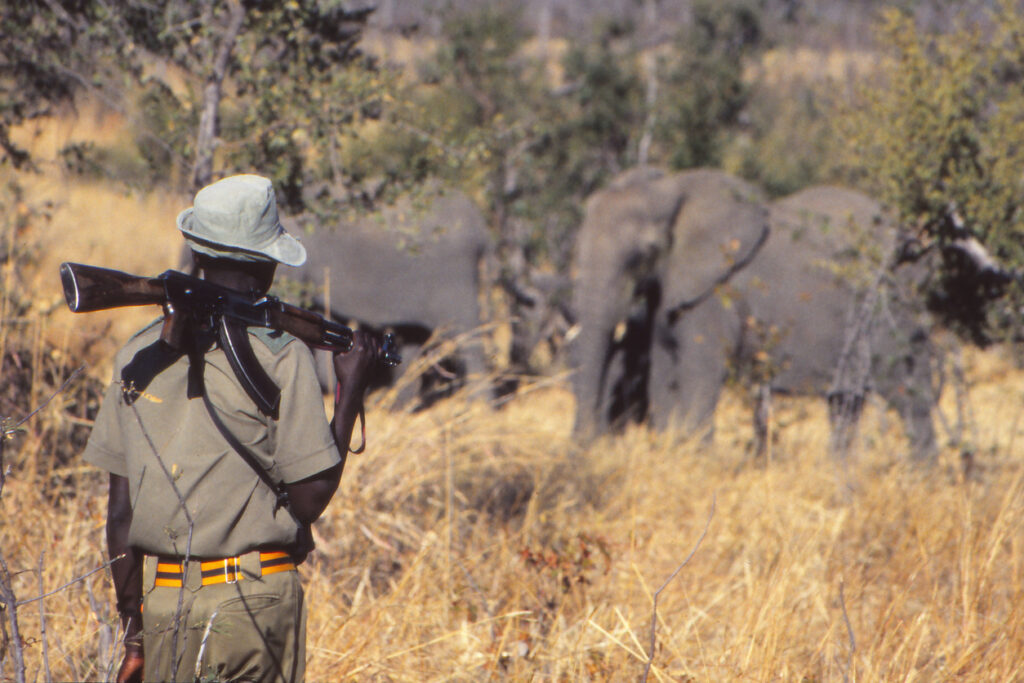
In conservation, involving local communities goes beyond traditional methods like enforcement and technology. By training and employing locals as wildlife rangers, educators, and stewards, conservation efforts can empower communities economically and socially, aligning their interests with wildlife protection. This approach leverages local knowledge and fosters a sense of shared responsibility for conservation.
It can also prove to be extreme in its social transformation, requiring cultural sensitivity and long-term commitment. Yet, it creates sustainable conservation models by fostering coexistence and reducing human-wildlife conflicts. Community engagement is often the key to lasting success.
9. Using Bioacoustics to Monitor and Protect Species
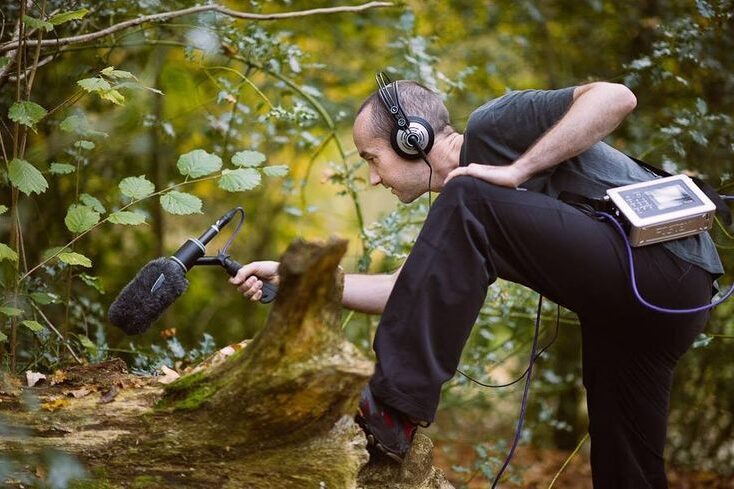
Bioacoustics is the study of animal sounds, used for monitoring species, understanding behavior, and tracking their movements. Conservationists utilize acoustic sensors in various habitats to collect data on endangered species, elusive animals, and nocturnal species. This non-invasive method provides valuable insights into animal populations and behavior.
The use of bioacoustics is an extreme measure because it relies on sophisticated technology and data analysis. It allows for continuous monitoring without disturbing wildlife and can alert rangers to poaching or environmental changes. This technique enhances understanding and protection of endangered species.
10. Reintroducing Captive-Bred Animals into the Wild
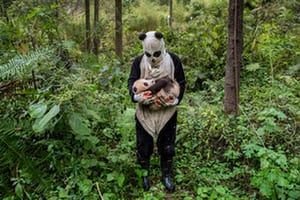
Captive breeding programs raise endangered animals in controlled environments to increase their population numbers, with the goal of reintroducing them into their natural habitats. This involves careful selection of breeding stock, health screening, and acclimatization to prepare the animals for survival in their wild environment. Success stories, such as the recovery of the California condor, demonstrate its potential. This approach combines science, patience, and hope to restore species to the wild.
These extreme measures show how conservationists are innovating and pushing boundaries to save endangered animals. Their work shows the extent of human dedication and creativity in preserving our planet’s biodiversity.
If you care about wildlife, consider supporting conservation initiatives or spreading awareness by sharing this story with animal lovers, every action counts in this vital mission.


